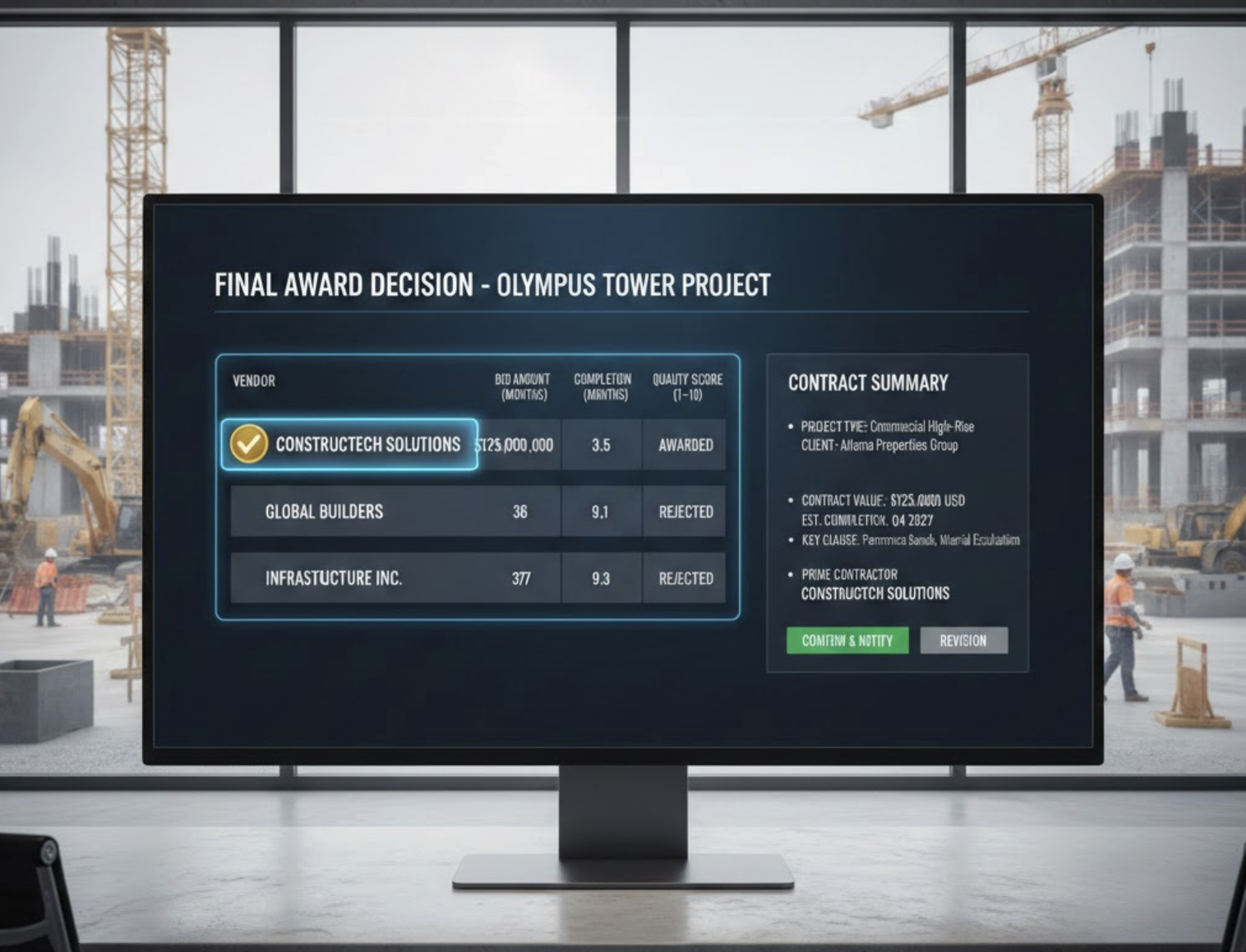Managing Contractual Risk in Design-Build Projects
In the rapidly evolving world of construction, managing contractual risk is a critical aspect of project execution, especially in design-build projects. With a unified contract model that combines both design and construction responsibilities, design-build projects offer a streamlined approach to project management, enhancing collaboration, and communication among stakeholders. However, along with these benefits come specific risks that need to be effectively managed to ensure project success.
Key Concepts in Design-Build Project Management
A design-build approach allows for seamless integration between design and construction phases through a single contract between the project owner and the design-build entity. This unified contract simplifies project management by reducing the number of contracts involved and fostering a clearer flow of communication. The enhanced collaboration minimizes the risk burden on owners, making projects not just efficient but also potentially more successful. Moreover, effective risk allocation within these contracts helps distribute the risks related to design, constructability, and unforeseen site conditions evenly among the parties. Such clear allocation facilitates better management and mitigation of risks.
Understanding Types of Risks
Design-build projects present various types of risks that require careful consideration:
- Contractual Risks: These risks stem from issues related to agreements among stakeholders, including disputes over scope changes and misunderstandings regarding specifications. Effectively managing these risks is essential to prevent delays and financial setbacks.
- Design Risks: In this framework, design-build contractors will assume accountability for design defects such as errors and omissions. Such issues can lead to considerable financial implications and project delays, making it imperative to obtain appropriate insurance coverage to mitigate these risks.
- Site Conditions Risks: Often, unforeseen site conditions present significant challenges and costs. Design-build contractors may bear the responsibility for any differing conditions, emphasizing the need for careful contract language and proper insurance coverage.
Mitigation Strategies for Managing Risks
Implementing effective mitigation strategies can greatly reduce the risks faced by design-build projects:
- Utilizing Construction Project Management Software: Incorporating advanced construction project management software can play a pivotal role in preemptively identifying risks, thus streamlining project management processes and improving collaboration amongst teams. Tools like Zepth provide comprehensive solutions for effective risk management.
- Establishing Clear Contract Language: It’s crucial for legal counsel to review contract language meticulously to ensure clarity in risk allocation, change orders, and procedures relating to differing site conditions. Clear documentation helps prevent disputes and manages exposure effectively.
- Ensuring Adequate Insurance Coverage: When engaging in design-build contracts, obtaining appropriate insurance, such as errors and omissions coverage, is vital. This safeguards the design-build entity against financial impacts from potential design defects.
- Maintaining Financial Strength: Design-build companies must possess adequate financial backing to absorb risks that cannot be insured, preparing for contingencies like design-related delays and material price escalation.
The Role of Zepth in Managing Contractual Risk
Zepth’s innovative construction project management software provides tools that streamline project management and enhance communication, crucial for mitigating contractual risks in design-build projects. The platform’s features facilitate risk management by offering utilities for identifying and managing contractual, design, and site condition risks proactively, ensuring that projects run smoothly and owners’ risk burdens are reduced.
For instance, Zepth’s risk management tools empower teams to preemptively address various risk types, supporting project success and compliance with regulatory standards.
Best Practices for Risk Management
Implementing best practices can lead to better management of contractual risks. Here are key recommendations:
- Unified Communication: Establishing a culture of unified communication among all parties involved minimizes misunderstandings and fosters a cohesive workflow. Construction management tools help maintain a single source of truth for all project-related data.
- Conducting Regular Risk Assessments: Regular evaluations of project risks are essential for identifying potential challenges early on. This continuous monitoring enables teams to address any issues promptly and mitigate delays.
- Maintaining Clear Contract Documentation: Comprehensive and clear contract language helps delineate responsibilities, risk allocations, and protocols for handling unforeseen conditions, thereby minimizing conflict.
Emerging Innovations in Risk Management
As the construction industry evolves, emerging technologies offer new approaches to risk management:
- Advanced Risk Analytics: The integration of AI-powered tools is becoming increasingly common in managing contractual risks. These analytical tools can predict potential challenges and provide insights into effective mitigation strategies.
- Integrated Project Delivery: A focus on integrated project delivery methods further enhances collaboration and risk management. Engaging all stakeholders from the outset ensures a cohesive approach to risk management and project delivery.
By leveraging these strategies, tools, and best practices, design-build projects can effectively manage contractual risks, paving the way for successful and timely project completion. For more information on how Zepth can assist in managing these risks effectively, explore our Why Zepth? page today.




